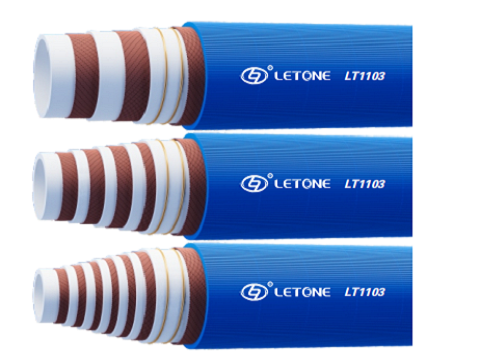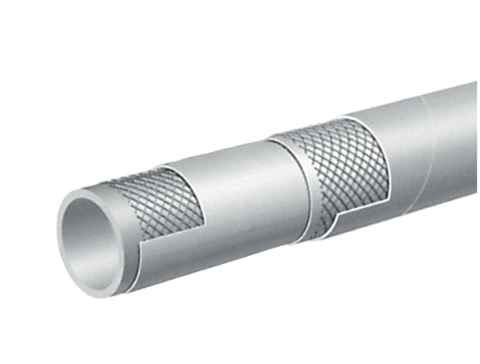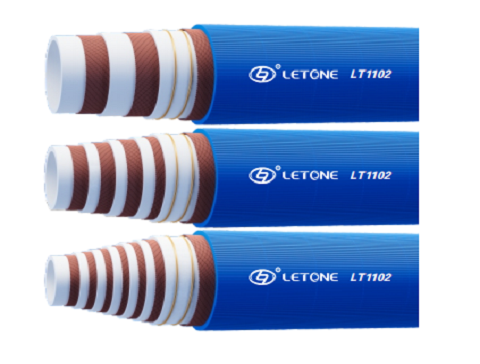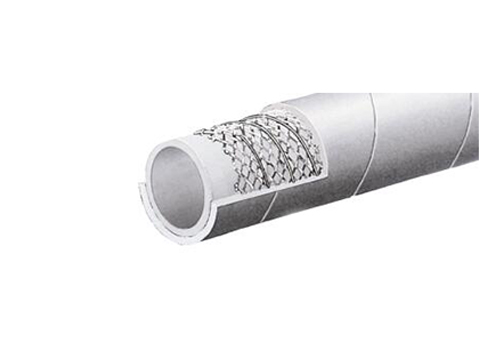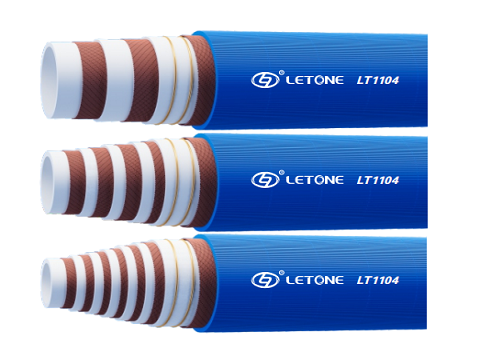When you are identifying which type of hose is appropriate for your application, there are many factors to consider. A few key points to be aware of are APPLICATION, TEMPERATURE ranges, and LENGTH. For petrochemical applications, a rubber hose that meets the needs of the specific chemicals and temperatures of the media being conveyed is essential. In addition, the petrochemical hose must be able to handle the abrasive nature of some chemical applications and not contaminate any other products with the chemicals used. Typical applications of Petrochemistry delivery hose include the suction and discharge of petroleum products (petroleum, diesel fuel, oily sludge), technological processes in industry, vehicle fuel systems, hydraulic installations, etc. The hoses must be resistant to the specific content of aromatic hydrocarbons in fuel and have special protection against static charges build-up, especially in potentially explosive zones. The hose should be able to withstand the high pressure of these operations, while at the same time being flexible enough to easily fit over pulleys. The hose must also be strong enough to hold the weight of the product being transported, as well as the pressure applied. This is why choosing a hose made of high-quality material, such as Letone hose, is an excellent choice. While a standard hose lies flat and can be stored by loosely wrapping it or by mounting on a hose reel, recoil hoses are designed like traditional telephone cords in tight, tense coils that compress down to a compact size for storage and transportation. The advantages of using a recoil hose are its flexibility, low storage space requirements, and performance at lower temperatures. Another factor to consider when identifying the right hose for your petrochemical application is the LENGTH. It is important to know the total end-to-end length you need so that the hose can reach from one connection to the other. For this reason, it is helpful to identify both the length you need and the maximum working pressure that the hose will be subjected to during its operation. The last key point to identify is the TEMPERATURE ranges of your application. Different types of hose materials are recommended for different temperature levels, and failure to identify the correct hose material can lead to premature assembly failure and unreliable service. It is also important to understand that there are two distinct temperature levels you need to consider; the internal operational temperature of the hose and the external environmental operating temperature. To ensure that you choose the right hose for your application, it is crucial to clearly communicate your needs to the hose fabricator and to be able to understand the limitations of each material. For example, PVC can handle some mild chemical applications in low concentrations, but is not suitable for abrasive chemicals or high-temperature applications, such as those encountered in the petrochemical industry. If you are unsure about which hose material is the best fit for your application, we recommend speaking with an expert at your local hose shop.

